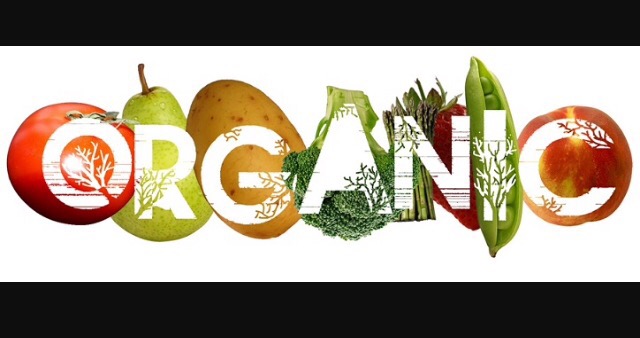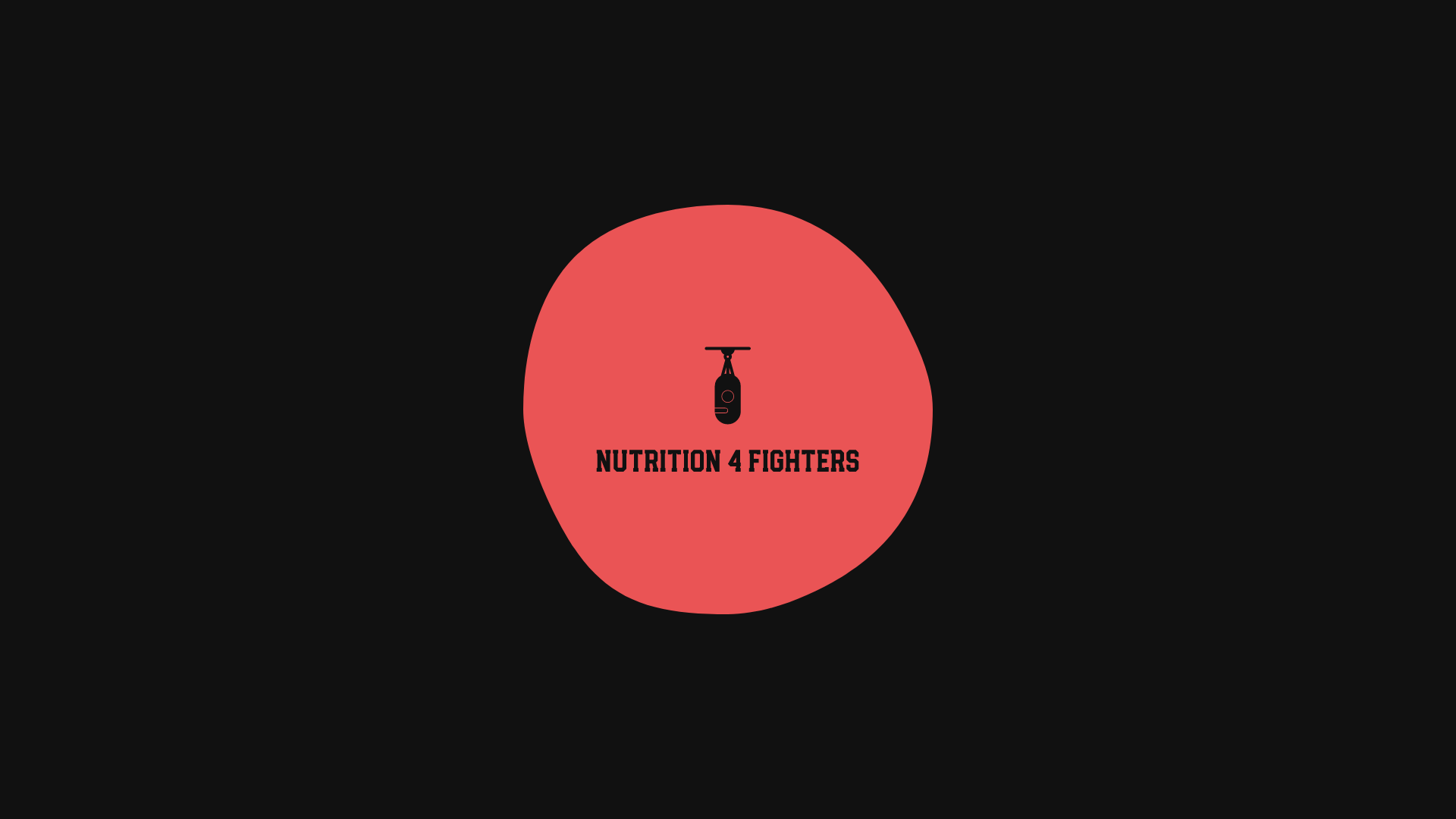
Good moaning/afternoon/evening my dear bloggerites.
So I wanted to nock up a little quick and easy read about organic fruit and veg. It’s pretty simple for many and most that we would all preferably eat organic for lack of pesticides (and subsequent impact upon our health), increased nutritional content and the environmental impact.
In this time of over farming it has been well documented that the top soil is often not given the time it needs to recover and produce the nutrient dense veg of yester year. Further more, the supermarket’s stronghold on the growers and demand for ‘perfect’ looking products for the consumer leads many farmers to have to rely heavily on chemicals to kill off bugs and natsies.
This is a world where it makes financial sense for apples grown in the UK to be shipped to South Africa to be waxed (coated) and shipped back to UK suppermarkets!
Anyways, without going too much off on the crazyness of the world, I wanted to simply show what are the essentials for organic and what can be overlooked, as for many of us, there is certainly a budget for organic that does not stretch to far..
Scanning the net and cross referencing sites and info, the below are in general consensus, ok to go non-organic. This appears to generally be because of the produce’s resilence to bugs and disease.
These lists were predominately associated with both American and European produce.
Non organic OK:
Mushrooms; Cabbage; Eggplant; Sweet potato; Onions; Avocado; Sweet corn; Asparagus; Frozen sweet peas; Frozen fruits in bag; Pineapples; Mangoes; Kiwis
Non Organic Avoid:
Bell peppers; Lettuce; Courgette; Collard greens; Kale – (although known to be tougher and not suffer from pests); Chilli & bell peppers; Potatoes; Cherry and regular tomatoes; Nectarines; Peaches; Cucumber; Spinach; Celery; Grapes; Strawberries; Apples
The below however have repeatedly come up as the ‘dirty dozen’ and consumers should be especially aware of.
These have been identified by the Environmental Working Group’s (EWG) which is an American based organisation, so should be taken in the context of the American food chain;
Dirty Dozen:
Apples; Celery; Blueberries; Strawberries; Nectarines; Lettuce; Peaches; Spinach; Bell Peppers; Potatoes; Kale Collard Greens
UK Buyers BEWARE!
Importantly, (as I live here!), I stumbled across the Pesticide Action Network UK (PAN UK) who revealed some interesting outcomes from their published 2013 report (Pesticides on a Plate; a consumer’s guide to the food chain) about the most pesticide heavy food that was tested from UK supermarkets.
Best fruits with LEAST pesticide residues found:
Star fruit; plums; exotic fruits; kiwi fruits; banana; raspberries;
other berries; melons
Best veggies with LEAST pesticide residues:
Corn; leaks, aubergines; onions; ginger; chilli; potatoes; spinach; celery; peppers;
Worts fruits with MOST pesticide residues:
soft citrus fruits; pineapple; pear; apples; grapes; strawberries; peaches; nectarines; apricots
Worst veg with MOST pesticide residues
Tomatoes; parsnips; cucumber; carrots; lettuce; beans in a pod; peas in a pod; sweet potatoes; courgettes and marroes; yams
Conclusion:
It’s a clear concern about some of the inconsistencies that can be seen between the US, (even Europe) and the UK. This could be down to the travel times, climate and even methods of farming.
I think there is still plenty to be said for the basic advice of washing thoroughly with a plant produce wash that are pretty easy and inexpensive to get hold of. Washing and peeling may remove some pesticide residues. For example, conventionally grown citrus fruits are commonly treated with fungicides after harvest to prevent rotting, so the peel is likely to be contaminated, but there is much less contamination within the flesh.
However, in other cases, pesticides may be present throughout the whole fruit or vegetable.
Processing, including cooking, can also reduce residues, but may not eliminate them completely. It probably is best that the veg you eat most consistently, make it organic to cut down on the pesticides as you’ll be ingesting them on a much larger basis.
Those fruit and veg you eat intermittently, you can probably be more lax with and just ensure a good clean is given!
When eating none organic, especially those on the naughty list, try and also remove the outer layer of skin.
Other sound advice is probably be aware that the larger the surface area, specifically edible surface area, the more likely of contamination.
As we’ve seen though, thick peal, such as that of an orange, isn’t always a protective factor. None the less, fruit and veg with thicker inedible skins will likely have had less contamination.
Some other ideas to increase your nutrient content of veg and fruit is signing up to locally run organic veg box schemes, growing your own and even making sure you buy ugly fruit and veg from the stores!!
This sounds stupid, but until the supermarkets get the message that nutrient content is a priority over looks, more chemical grimness is going to go on your food to make it look ‘perfect’.
Lastly, try and be aware of whats seasonal where you live. It may not be organic, but if its only been driven 3 hours down the road, rather than shipped half way across the world, chances are it will have less chemical treatment and be exposed to less chemical processes to preserve it.
Hope you’ve enjoyed and as ever, please give me some feedback!


Very informative. I’ve screen-shotted the food lists ready for my next supermarket shop and am ready to give the ugly fruit n veg a home!
LikeLiked by 1 person
You never stop learning on Whatsupp. Ace thanks. I feel better about coughing up for my organic box !
LikeLiked by 1 person